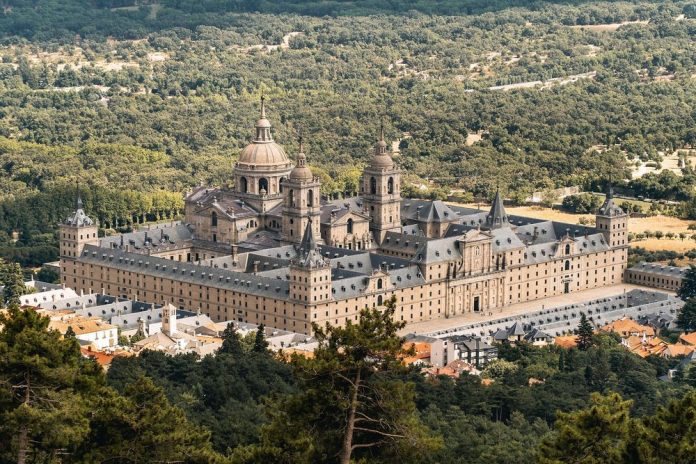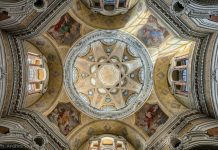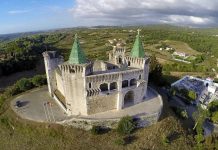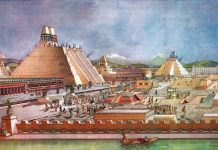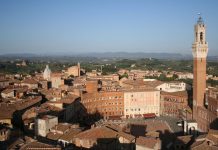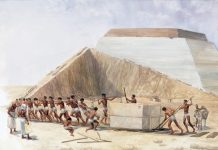Conquered by the Arabs in 711-713. In the 11th century. the Christian states of northern Spain returned part of the conquered territories, including Toledo, in 1085. 1212 – the defeat of the Moors in the battle of Las Navas de Tolosa. By the end of the 13th century, only Granada remained under the rule of the Moors. In 1492, it fell under the blows of the united Castile and Aragon, which ended the Reconquista.
Infantado Palace
Palace of the Dukes of Infantado in Guadalajara, 2nd floor of the 15th century.
San Gregorio College in Valladolid 1487-1492.
College of Santa Cruz in Valladolid since 1487.
Santa Cruz Hospital in Toledo 1504-14, Enrique de Egas.
Plateresco-style buildings in Salamanca:
The Palace of the Dukes of Monterrey was completed in 1539, by Rodrigo Gil de Ontagnon and Martin of Sant Jago.
College of San Gregorio
University (founded in the 13th century), the construction was completed in 1529.
Ayuntamento (city council building) in Seville 1527-1534, Diego de Rianho, completed by students.
1519 – Charles I was elected Emperor of the Holy Roman Empire under the name of Charles V. The Palace of Charles V in Granada was started in 1526 by Pedro Machuca (built before 1535). The yard is 30 m in diameter.
The cathedral in Granada was founded in 1523 by Enrique de Egas, from 1525 by Diego de Siloe; the facade of the 17th century, completed in 1703.
San Juan Bautista de Afuero Hospital in Toledo construction began in 1541, Bartolomeo Bustamante Philip II 1556 – 1598
Escorial Residence
Escorial near Madrid on the spurs of the Guadarrama – the palace and monastery of St. Lawrence, the idea of Philip II, was built in 1563-1584, started by Juan de Toledo (died 1567), then Juan de Herrera (about 1530-1597). The plan is 206 x 161 m., includes the courts of Kings and Evangelists (with a central domed chapel), the cathedral, the royal apartments (on the east side).

